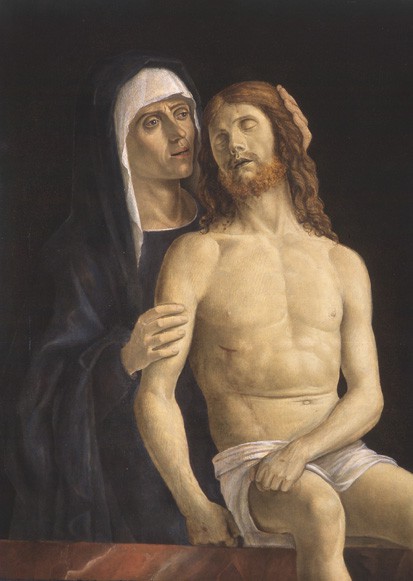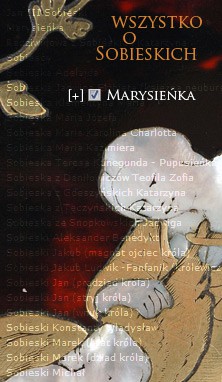Imago Pietatis
karta katalogowa kolekcji
Malarstwo
Giovanni Battista Cima da Conegliano
Italy
late 1490s
Oil, tempera, two poplar boards
53.5 x 38.5 cm
Wil. 1534
One of the greatest Venetian painters flourishing at the turn of the 14th century, Cima was inspired by the work of Giovanni Bellini, who had used a variety of iconographic symbols to codify the Italian equivalent of the contemplative image of the North European tradition. This Imago Pietatis has the characteristics of a private devotional image. The immense popularity of such images from the middle of the 15th century onwards relied on the ideal harmony between this mode of artistic expression and the new religious attitude then taking hold and developing in the Church. The painting could also have been meant for an altarpiece or a predella of a Venetian altar. The original model for such depictions was the early 14th-century miraculous Byzantine icon Imago Pietatis, kept at the Santa Croce in Gerusalemme church of the Carthusian monks in Rome.
The half-figure iconographic depiction of Christ supported by his Mother and St. John or angels (or, less frequently, by the Virgin Mary alone) is a typical Venetian motif. The aim of such a dogmatic representation was not so much to tell a story (storia) but to make the viewer contemplate the mystery of Christ’s death and the Virgin Mary’s participation in the work of Redemption. In this kind of dramatic still picture the language of narrative gives way to the language of the icon, and the task of the painting is to draw the viewer’s attention to the most salient details.
The Wilanów Imago Pietatis is an intensely expressive. The intensity of emotion is boosted by the purposeful balancing of dissonances. The dramatic scene is suffused with a quietly contemplative mood; the soft light and the muted colours add to the poetic atmosphere. The tension is heightened by the carefully balanced means of expression, and the intentionally sparing use of colour promotes concentration and prayer. The warm, slightly golden light lends a coherent tone to the depicted space. It gives shape and expression to the figures illumines the figures against a dark background, giving them shape and expression: Mary’s face is enlivened by flashes of reflected light, while the idealized body of Christ (free from any marks of the Passion) is lit by a more flat tone. Cima created a deeply lyrical depiction of distinctively serene figures that seem to be suffused with an inner mystical glow in an atmosphere of mystery. This is a characteristic element of Cima’s style, easily distinguishing his work from paintings by other artists.
Interestingly, the painting points in two opposed symbolic directions. The figures are placed at the very edge of the scene, and the low horizon emphasizes their monumental nature: such compositional devices are intended to bring the viewer closer to the characters of the drama. At the same time, Cima uses the traditional composition originated by Bellini, where the scene is separated from the real world by a dividing element, in this case a wall of red veined marble (which is also symbolic of the sacrificial altar of Redemption).
Dominika Walawender-Musz
Polecane

History of the collection
Already Jan III collected works of art and exquisite objects of everyday use. However, only a fraction of his collection …

The perception of beauty. How do we look at paintings which we find attractive?
How do people view paintings which are beautiful and how do they view the ones they do not like. Is …

















